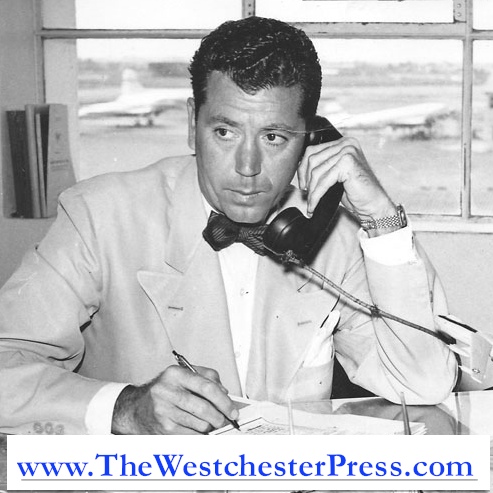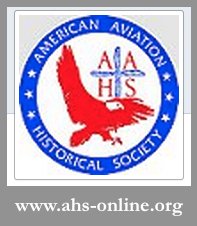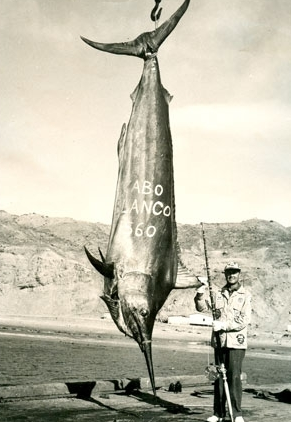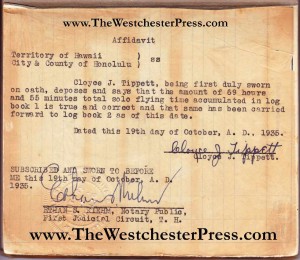
Col. C. J. Tippett at his ICAO desk in 1956. His window looks out over Limatambo Airport, in Lima, Peru.
The International Civil Aviation Organization was formed in 1947 by the United Nations to standardize civil aviation worldwide, primarily for increased safety. In most books about aviation history, or the history of planes, there are few details about how ICAO achieved that mission.
Col. C. J. Tippett was the first Director of the South American Office of ICAO. He had already made great progress standardizing civil aviation in South America, primarily by increasing safety. As he performed his daily work, he knew that he was contributing to the history of aviation, and he kept things. He built an archive.
One of the many fascinating things about Tip’s document archive are the letters, memos, and reports that describe his daily civil aviation work. This letter, written on March 13, 1956, to his air force reserve commander, is one of those details.
(In a previous post, I included the final paragraph, deleted here, which talks about being at the Cabo Blanco Fishing Club during an exciting fishing day.)
The letter, along with some background information gleaned from other documents, gives us an inside look at the workings of ICAO in 1956.
“To Col. Samuel Galbreath,
Director, Operations Headquarters
Caribbean Air Command
Albrook AFB, Panama CZ
Dear Sam,
I had expected to be up to see you before this but we’ve been overwhelmed by work. We’ve just completed drafting plans for the new communications system for Peru as well as a SAR unit (search and rescue) and ATC procedures (air traffic control). Everyone got the fright of their lives here a week or so ago with a couple of near air collisions between jets and the commercial carriers. Anyway, I’ve been working for CairC through the mission whether you were aware of it or not.
I’m wondering if you are planning to attend the Caribbean Regional Air Navigation meeting at Ciudad Trujillo commencing April 3rd and continuing for about three weeks. I plan to attend for only a few days and I thought perhaps you might be able to go along. It’s a real important meeting for CairC. I plan to come to Panama on an official ICAO mission (and some active duty I hope) arriving about the 7th of next month leaving for Ciudad Truijillo via Miami about the 12th. I can make my schedule very fluid so if you can go we could leave anytime. How’s about setting up a T-bird!
Hoping to see you soon, best wishes,
CJ Tippett
3 13 1956 ”
The near air collisions that Tip refers to were the result of a new military technology, jet aircraft, crossing paths with established commercial traffic. Tip had already successfully standardized a language for international aviation. He was directly involved in getting South American countries to agree to use English in air traffic communications. He was now working on standardized altitudes for routes in and out of airports throughout his region. But military jets were often using the same airports as the commercial air liners, and their altitude needs were very different.
The speeds that jet aircraft could achieve and sustain threw a loop in air traffic patterns. Several commercial pilots had to unexpectedly change course to avoid jets that were flying any way the pilot chose. To prevent a mid-air collision, Tip had to develop air traffic procedures not only for multiple civil governments and military installations, but now also for aircraft with hugely different capabilities.
ICAO headquarters had mandated that the worldwide offices focus on solving the safety issue posed by jet aircraft immediately. Tip complied by going to Albrook Air Force Base in the Canal Zone, Panama, and becoming certified in the Lockheed T-33 Shooting Star. It was his is first jet aircraft certification.
More details and stories of his flights in the T-bird are in the book, When No One Else Would Fly. Tip’s first person account, surrounded and supported by history and research will be available very soon. Sign up here to get the book release announcement – we never sell contact information and we don’t hammer our list with spam of our own.










